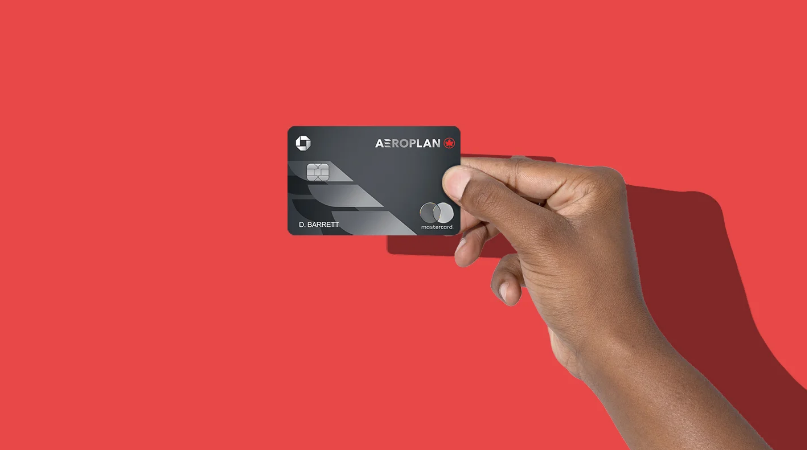In recent years, the evolution of credit cards has taken a significant turn with the introduction of contactless payment technology. This new era in financial transactions is characterized by the convenience and speed that contactless credit cards offer. Especially in the United Kingdom, this shift has transformed how consumers perceive and use their credit cards daily.
The technology behind contactless payments isn’t novel, but its integration into everyday financial transactions has brought about significant changes in consumer habits and expectations. With a simple tap, transactions are completed in seconds, offering a glimpse into the future of seamless financial interactions.
Page Contents
ToggleThe rise of contactless credit cards in the United Kingdom

The United Kingdom has been at the forefront of adopting contactless payment solutions. Integration of contactless technology into credit cards has been embraced swiftly due to its practicality. Contactless credit cards, as the name suggests, allow users to pay by merely tapping their card against a reader, eliminating the need for chip and PIN numbers for most transactions.
This convenience has developed rapidly since its inception. Initially limited to lower-value transactions, the ceiling for contactless payments has gradually increased as security measures have strengthened, instilling consumer confidence in the technology. Moreover, the recent push for cashless societies during the pandemic has further accelerated the adoption of contactless cards across the UK.
How contactless credit cards payments work
Contactless payments operate using Near Field Communication (NFC) technology, which allows secure data exchanges between devices separated by a few centimeters. When a contactless card is tapped on a compatible reader, it transmits a signal to authorize payment, eliminating the need for inserting or swiping the card.
These transactions are encrypted, ensuring the security of the transmitted data. Contrary to some concerns, contactless technology is designed to prevent accidental payments because the reader must be activated by the retailer before payment. Moreover, many banks employ additional security layers, such as requiring a PIN after several consecutive contactless transactions.
The impact on financial behavior
The advent of tap-and-pay technology has reshaped financial interactions in the UK, influencing not only consumer behavior but also financial education and management. With the ease of transactions, consumers are more inclined to make small purchases frequently, which can add up over time. This behavioral shift necessitates a higher degree of financial awareness and budgeting. Financial management apps and services have grown in popularity as consumers seek to keep track of their spending in this fast-paced financial environment. Additionally, credit card providers are offering resources and alerts to help users maintain control over their spending habits.
Advantages and challenges of contactless payments in the UK
The integration of contactless technology into credit cards presents several advantages for UK consumers. Firstly, the convenience of quick and easy transactions without the need for physical cash or prolonged processing times is transformative for both customers and retailers. This efficiency results in shorter queues and improved customer satisfaction. Furthermore, the pandemic underscored the health benefits of contactless transactions, as minimizing physical contact became a priority.
Businesses and consumers alike have gravitated towards this safer mode of payment to reduce the potential spread of germs. However, the widespread adoption of contactless payments is not without its challenges. Concerns over security remain a prominent topic, although advancements are continuously being made to ensure encrypted and safe transactions. Additionally, there is a learning curve for some demographics less familiar with digital financial tools, requiring educational efforts to promote understanding and trust.
Security concerns and measures
One of the primary challenges associated with contactless cards is the concern over security. Despite the convenience, consumers worry about unauthorized transactions and data breaches. However, financial institutions are actively implementing sophisticated encryption technologies and anti-fraud measures to protect users. Many banks now include real-time alerts to notify consumers of transactions, enabling immediate action if any unauthorized activity occurs. Additionally, liability for fraudulent transactions is mitigated by bank policies that often protect consumers from bearing the costs of such incidents.
Accessibility and inclusiveness
The transition to contactless payments has highlighted issues of accessibility and inclusiveness. While the majority of the population is equipped to embrace this technology, some segments, such as the elderly or those lacking access to digital banking, may find themselves at a disadvantage. Efforts are being made to bridge this gap by providing education and resources to increase digital literacy.
Additionally, financial institutions are offering support to ensure all customers can benefit from the efficiency of contactless technology without feeling excluded from the evolving financial landscape. Ultimately, achieving widespread acceptance and understanding of contactless payments is crucial for a comprehensive adoption that benefits everyone in the UK. Balancing the benefits of technology with considerations for all user demographics remains a key focus moving forward.




